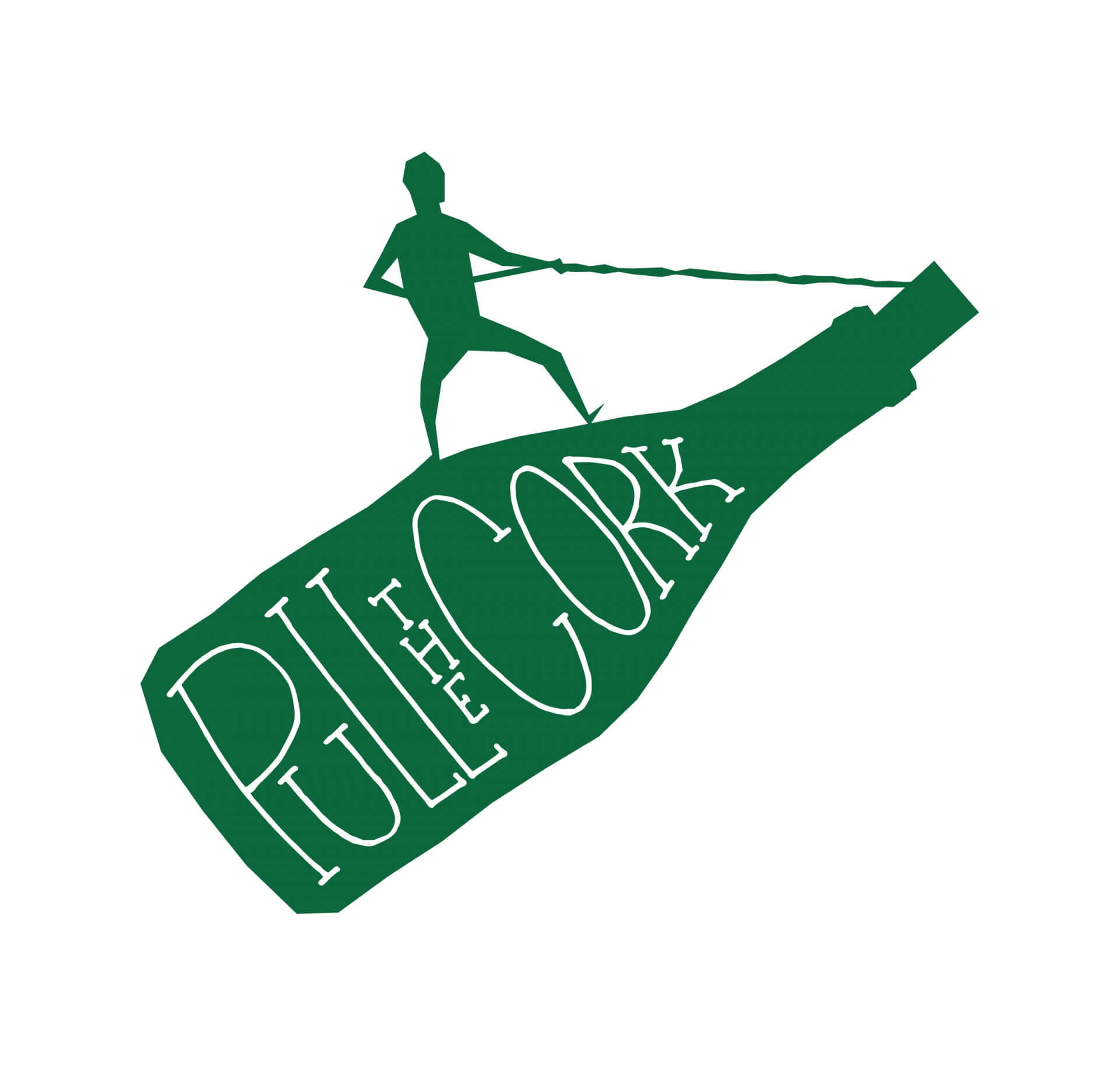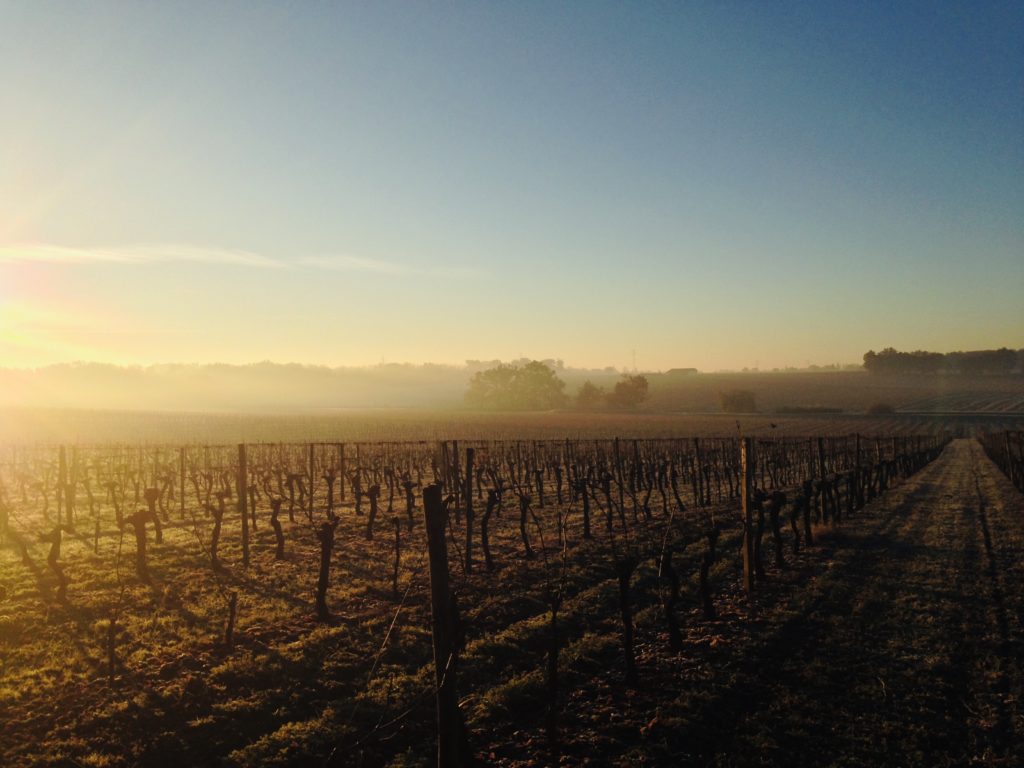Riesling
Breaking Down the German Riesling Labelling System
It is a common misconception that we humans only use 10% of our brains. Neurologists frequently discredit this myth, stating that we virtually use every part of it. I guess it is the pop culture we have to thank, through films such as ‘Limitless’, for perpetuating such fiction.
Whilst I never really thought much of this fictitious statement, it wasn’t until getting to grips with the German labelling classification for the infamous white grape of riesling that I really came to my own conclusion on the matter: that it must indeed be false.
The strain the cryptic riesling system put on my mental capacity felt like the equivalent of my brain running a marathon at Eliud Kipchoge’s world record pace.
In short, it is not a straightforward one to tackle. Couple this with another misconception – that Riesling is a risky wine to go for (partly owed to the aforementioned labyrinthine labelling system) – and the trepidation toward riesling is of little surprise.
Understanding the German Riesling Labelling System
Due to a lack of education around the grape, the overarching sentiment toward riesling has been unfairly garnered by a sub-category of low-quality sweetened wines known as Liebfraumilch. Whilst this style has fallen by the wayside, its nefarious past continues to play a role in riesling’s ongoing fable.
Retaining high levels of acidity, Riesling is immensely versatile, resulting in its wide use in wines of varying style.
It can be made into perfectly balanced, dry white wines, but also into moreish, supple, sweet wines. It beautifully reflects the climate in which it’s grown, and the time at which it is harvested (dictating grape ripeness), providing a joyous breadth of flavours ranging from tart green apple through to vibrant tropical fruits.
This versatility though is, in essence, the reason as to why riesling unjustly built up a bad rep. Such variety; so little awareness. And as can be human instinct, we tend to fixate on the less positive side to any narrative, with the aforementioned Liebfraumilch being the archetypal villain in this instance. However, one bad story doth not a bad grape make.
What to look for in German Riesling wine
Riesling – as we will soon find out – is so much more than this blemish. However, interpreting the employed labelling system is the key to establishing where in the eclectic spectrum a respective bottle of riesling sits. Understanding this will ultimately, in turn, create tangible links, from the bottle, to what you look for in a wine.
In this way, we will then unearth the German riesling that will butter your crumpet, and debunk the misconception around this exquisite grape.
Landwein Riesling
Starting with an easy one, these will typically be light in body, dry to off-dry (the latter meaning a slight level of sweetness).
Qualitätswein Riesling
Working our way up, these wines will have used grapes that must have achieved a higher level of ripeness than those required for Landwein. This results in fuller body and greater intensity of flavours.
They will be labelled with the following terms:
- Trocken – a dry wine (less than 9g/l of residual sugar)
- Halbtrocken – off-dry to medium-sweet (up to 12g/l of residual sugar)
- Lieblice – a sweet wine (up to 45g/l of residual sugar)
- Süß or süss – a sweet wine (more than 45g/l of residual sugar)
Prädikatswein Riesling
Strap in, this is where it gets bumpy. As we have seen, the degree of ripeness in the grapes at the time of harvest, along with the level of sugar in wine, are predominantly what dictates which category a wine falls in. To recap, Qualitätswein will use riper grapes than Landwein. And both these categories are fairly straightforward in style.
Prädikatswein riesling grapes require a yet greater level of ripeness than Qualitätswein. There are then six categories within Prädikatswein (sub-categories, if you will).
- Kabinett
First up is Kabinett. If you encounter this on a bottle, it will typically be light in body, and picked earliest in the Prädikatswein category, resulting in delicate green fruit, citrus and floral aromas. If you wish to try one of the best Kabinett, try Dr. Loosen.
- Spätlese
Following is Spätlese, translated as “late harvest”. These Riesling grapes will develop higher levels of sugar content in wine than the Kabinett, producing a fuller wine with wonderfully ripe citrus and stone-fruit flavours.
- Auslese
We then move to Auslese, meaning “selected harvest”. Riesling labelled in this fashion is made only from carefully selected extra-ripe bunches. Wines will display sumptuous tropical fruits on the palate, thanks to the harvesting method.
Since Auslese uses riper grapes than Spätlese, one might logically assume all Auslese Riesling wines are sweeter than Spätlese, given the greater amount of sugar developed in these grapes following a selective harvest. However, logic is a somewhat fleeting notion here. As touched on earlier, due to the high acidity that riesling retains throughout the winemaking process, production of dry through to sweet wines, and everything in between, are aplenty.
Therefore, should the winemaker desire to produce a dry Auslese (fermenting all sugar into alcohol), this wine could well be less sweet than one labelled Spätlese, in which the winemaker has opted to interrupt the fermentation process, despite the fact that the Auslese will have started with more sugar.
Fermentation interruption removes the yeast before all the sugar has been converted to alcohol, and leaves the wine off-dry or medium in sweetness, and with a lower alcohol level than that of a dry production.
Thus, when selecting a riesling, it is imperative to factor in both the grape ripeness, as labelled above, to give an indication of flavour category and sugar level at harvest, as well as the alcohol percentage, to ascertain the level of dryness.
Take for example the Dr Loosen Erdener Treppchen Riesling Spätlese.
https://pullthecork.co.uk/product/dr-loosen-erdener-treppchen-riesling-spatlese-2017/
Back to Germain riesling.
A striking, fruit-driven wine, and at a low 9% ABV, this indicates a medium-sweetness. Hypothetically, if this wine had a 13% ABV, it would still demonstrate the same fruit characteristics but would be closer to dry.
- Beerenauslese, Trockenbeerenauslese & Eiswein
Despite the seemingly daunting naming of these three remaining sub-categories within Prädikatswein – fear not, this is where we can start to relax. Each of these is always a sweet wine. If that doesn’t float your kayak, then stay clear.
Beerenauslese (BA) and Trockenbeerenauslese (TBA) are both produced from selected grapes whose sugars have been highly concentrated by botrytis (more commonly known as noble rot).
Eiswein is similarly sweet, owing in this instance to a concentration via freezing. Ripe grapes are left on the vine long into periods of substantially sub-zero temperatures and are picked when frozen. These wines are incredibly labour intensive but can be of outstanding quality.
- Grosses Gewächs
Lastly, Grosses Gewächs is used to identify some of the finest white wines of Germany and is specific to dry wines. Think of your grand cru, German-style. These wines are really quite special.
A prime example is the Gunderloch Rothenberg Riesling Grosses Gewachs 2014.
https://pullthecork.co.uk/product/gunderloch-rothenberg-riesling-grosses-gewachs-2014/
With all this being said, there are a number of forward-thinking producers nowadays who are reducing these figurative barriers to riesling entry, who will simply include the term ‘dry’, as an example, on the label, should it be produced in such a way. Take the Villa Wolf Dry Riesling as case in point. This luxury is not always afforded to us though, so with the above information at your disposal, riesling euphoria is now well within your grasp.
Learn more about which wine has the lowest sugar content.
Also, if you are worried about sugar content in wine and calories in a bottle of wine, there is a handy filter which you can use to get a list of wines based on the alcohol content, which is a great way to find low sugar wine. You can also calculate the calories in wines with a little help of alcohol unit calculator.
Riesling around the world
To finish, an ode to this metamorphosing grape elsewhere in the world, as it is certainly not restricted to German terroir.
Riesling features often in Austria, where a slightly differing labelling system is employed (maybe we’ll get into that another time…).
Alsace in France is revered for riesling production, nestled in the foothills of the Vosges Mountains, delivering vivacious blossom aromas and stone-fruit flavours, typically in a dry style.
To see us off, the Eden Valley and Clare Valley regions of Australia offer up belting, refreshing, dry riesling, if you are more New World inclined.
Now it’s time to explore Pull The Cork’s range of white wines and find the perfect bottle of Riesling.
The guest author for this article is Fred Clelland, creator of ‘Wined Your Neck In’. His wine blog aims to cut through the complexities of wine, making it more relatable to you.

